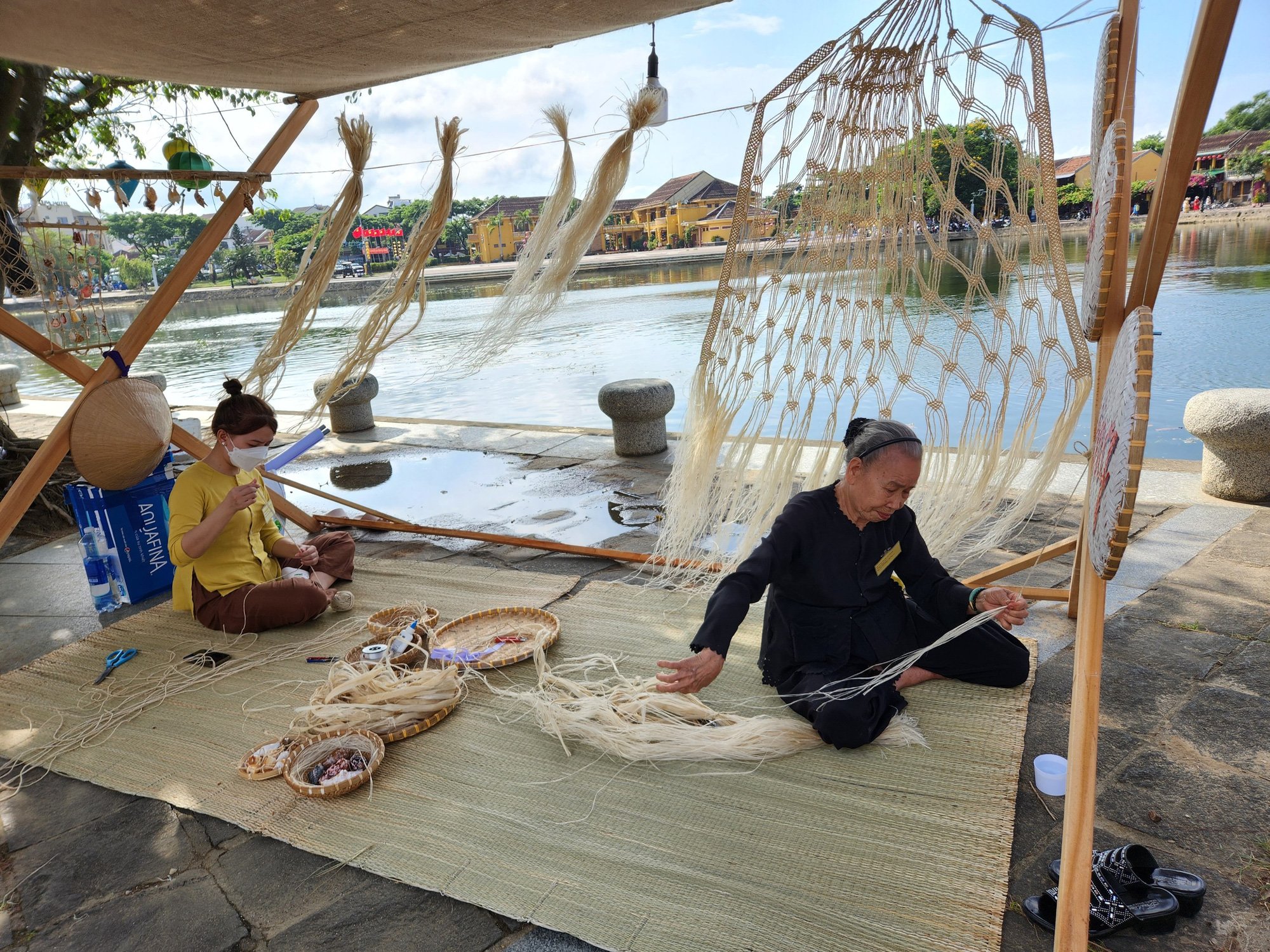
Elderly artisan in Hoi An demonstrates hammock weaving from parasol trees on walking street - Photo: QT
These two heritages include the traditional craft of making bamboo and coconut houses in Cam Thanh and the craft of weaving hammocks from parasol trees in Cu Lao Cham (Tan Hiep island commune, Hoi An city).
With the addition of these two new heritages, Hoi An now has 6 traditional crafts included in the list of intangible cultural heritages, out of a total of more than 50 traditional crafts being maintained.
Unlike other places, traditional crafts in Hoi An are maintained and developed thanks to the resonance with the tourism industry.
Weaving parasol hammocks has been a tradition for people on Cu Lao Cham Island since ancient times. In the past, people often went to the mountains to choose young parasol trees, brought them back, stripped them of their bark, tore the fibers, and then woven them into hammocks to hang on the two ends of the poles to rest.
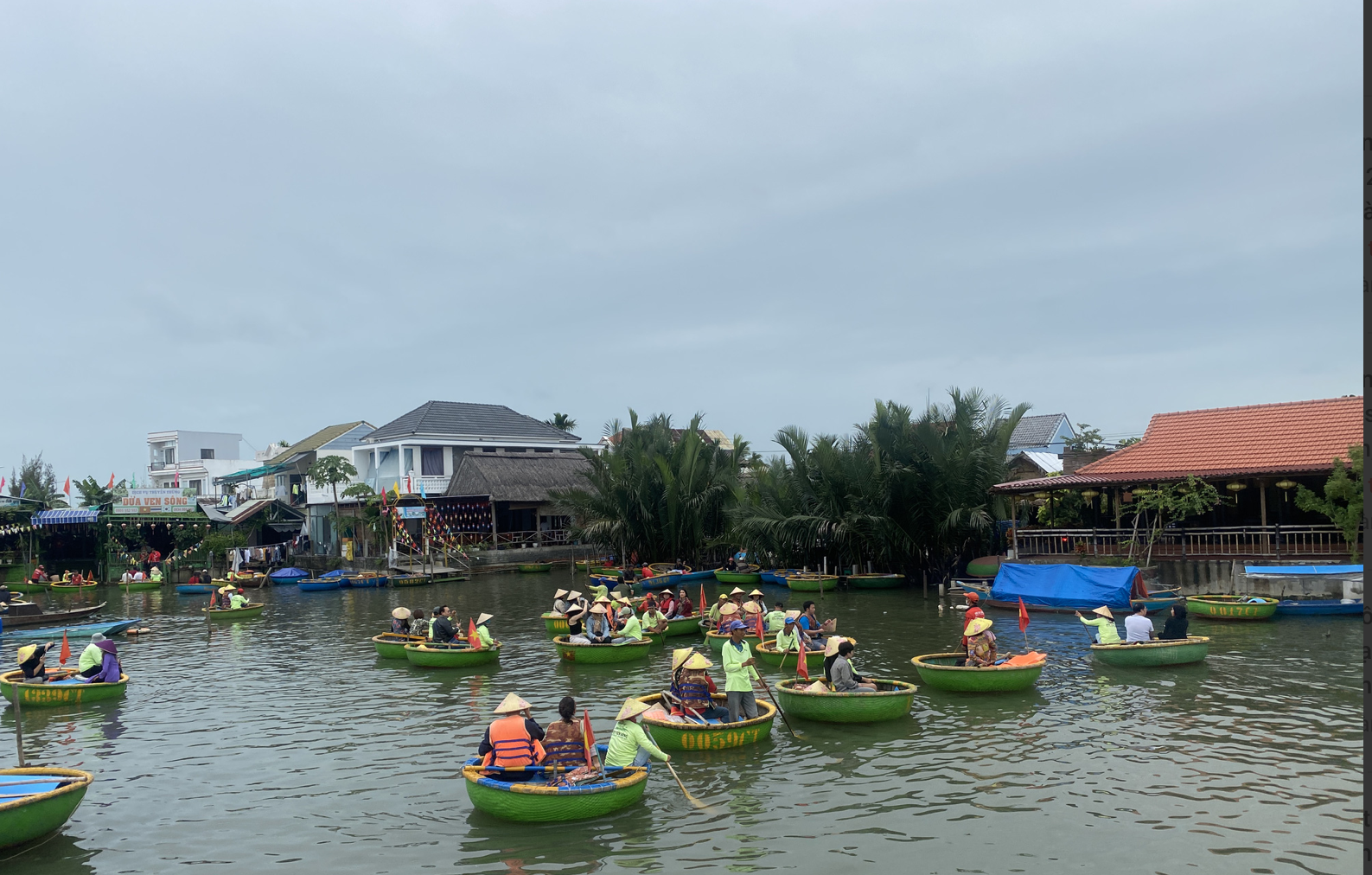
Cam Thanh coconut forest is the place with the largest number of bamboo and coconut houses in Hoi An - Photo: BD
Although the number is not much, this job still exists today, with a few old people still doing it. Most of the customers are tourists who know and order.
Each hammock, depending on its thickness and complexity, costs from 2.5 million VND to tens of millions of VND. The craftsman must weave for weeks, even months, to complete one hammock.
Meanwhile, the profession of building houses from bamboo and coconut in Cam Thanh also originates from the natural living environment of residents living along the river mouth surrounding the coconut and bamboo forests.
As tourism develops, the trend of using environmentally friendly materials is popular. Many restaurants and hotels often invite people who are good at weaving to build bamboo houses and roof them with coconut leaves.
Currently in Cam Thanh, the craft of building bamboo and coconut houses is maintained by some groups of farmers and creates a stable livelihood. Coconut trees and bamboo are also planted and preserved for tourism.
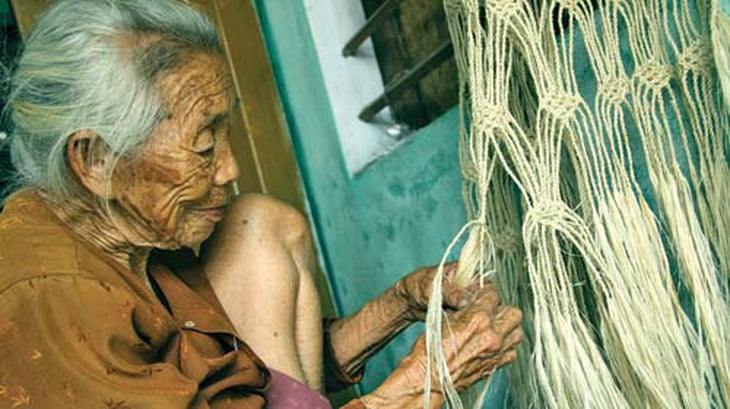 Hammock
HammockSource








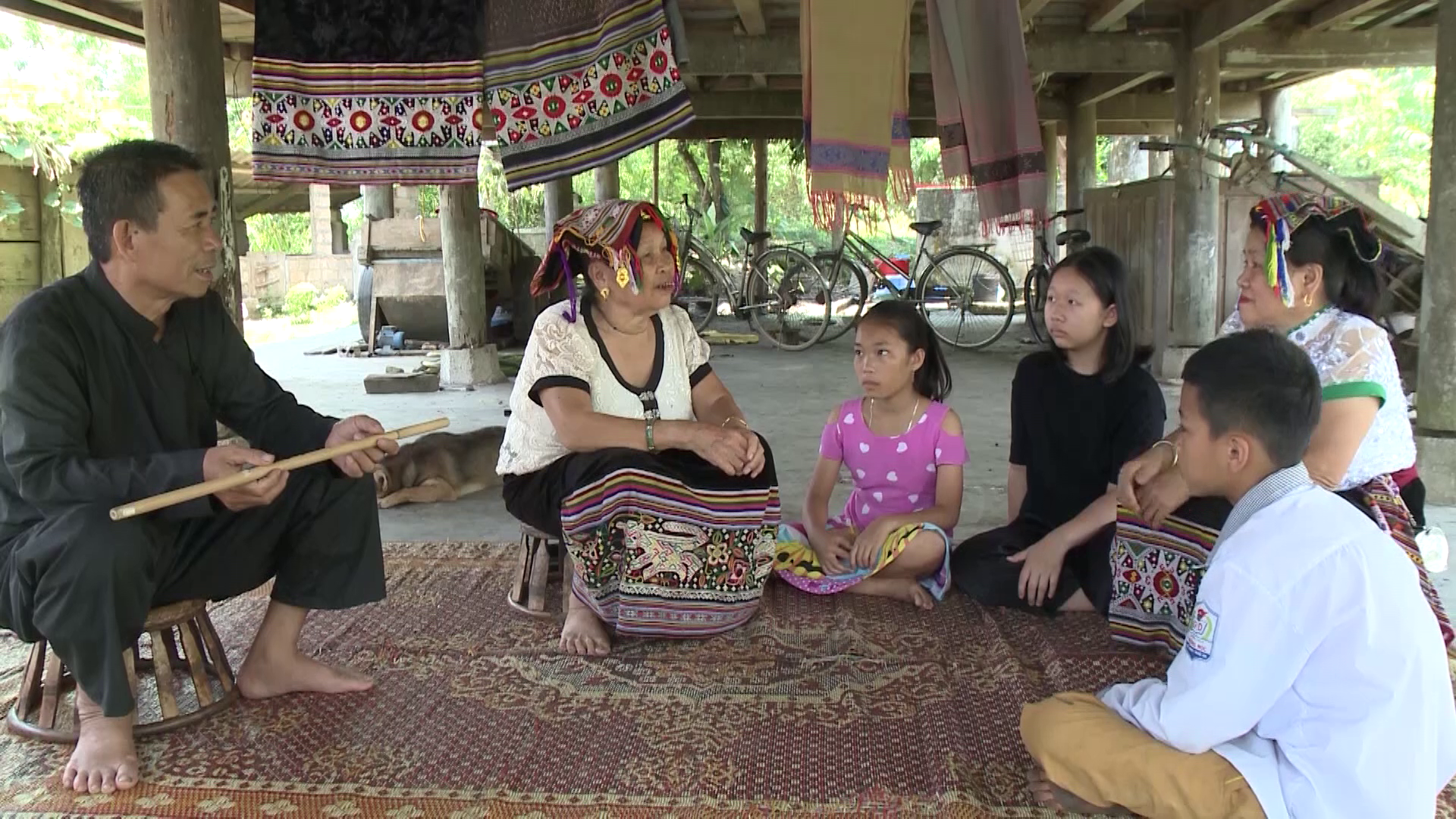

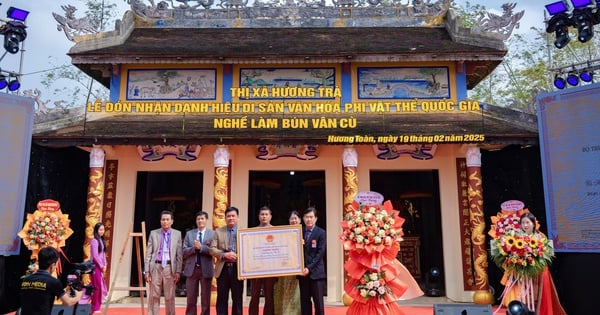



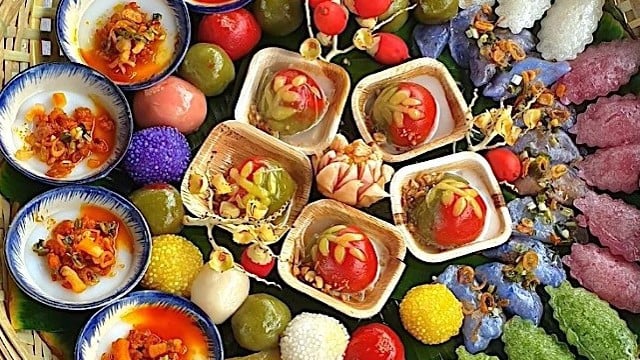





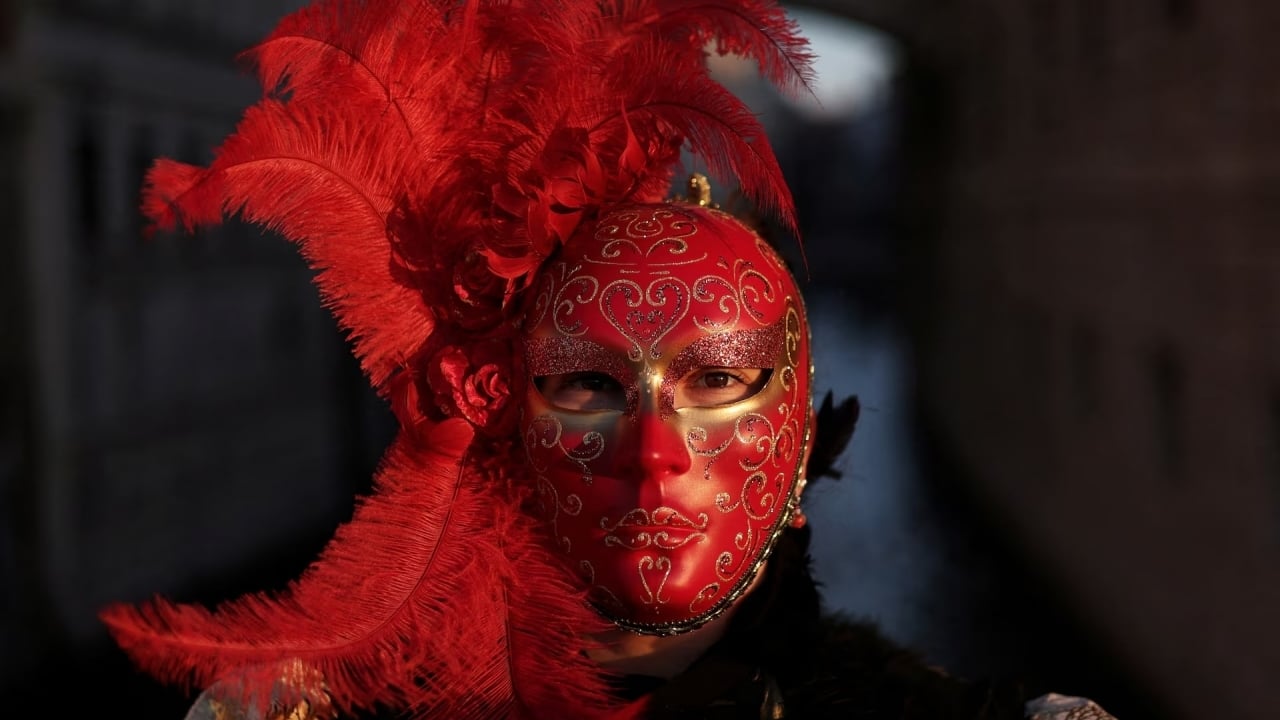


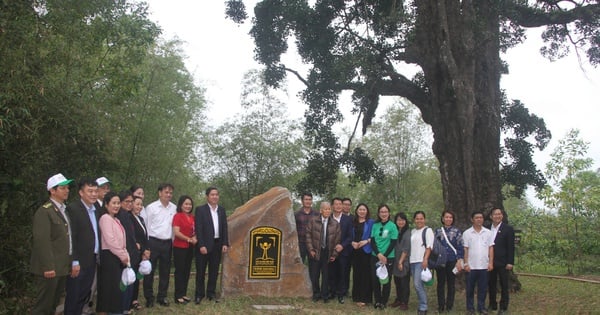




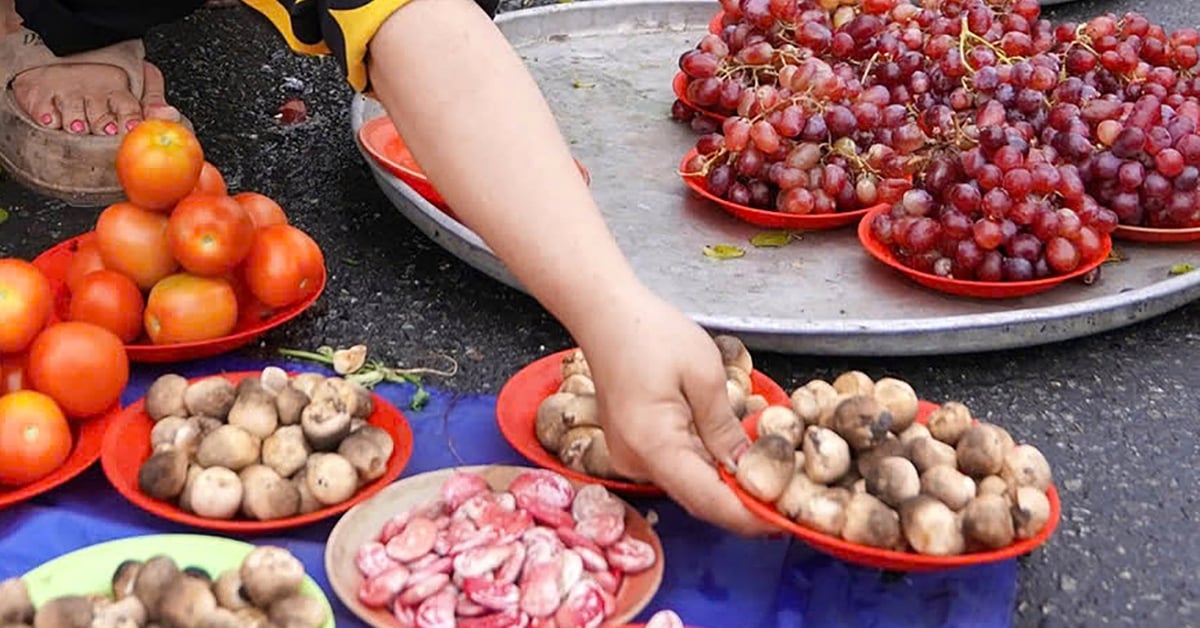





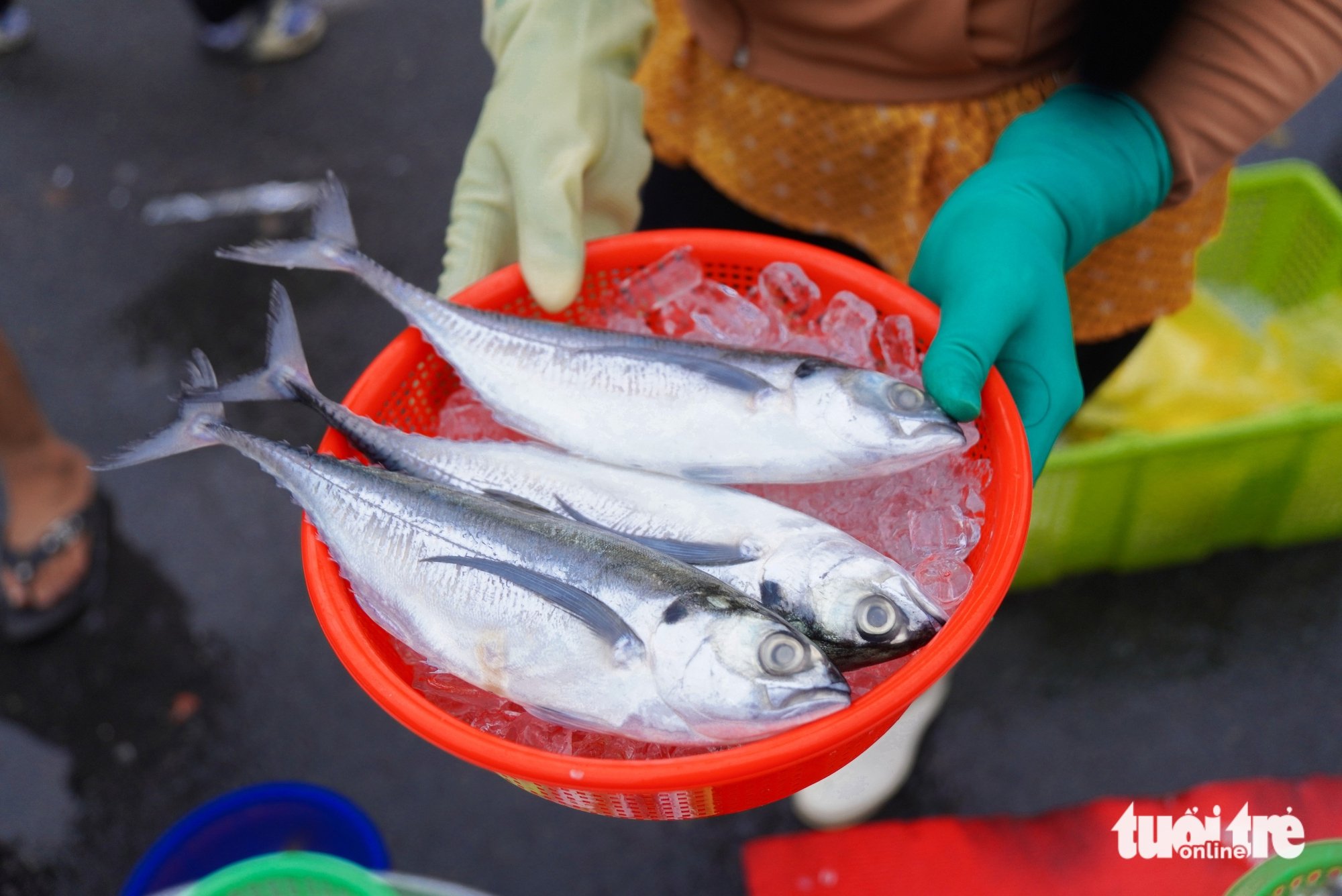






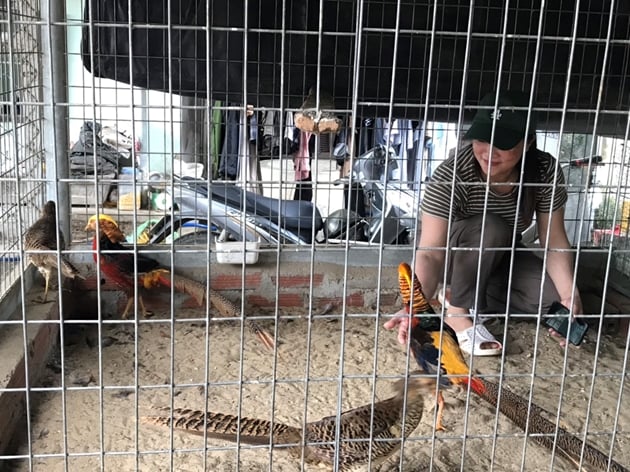


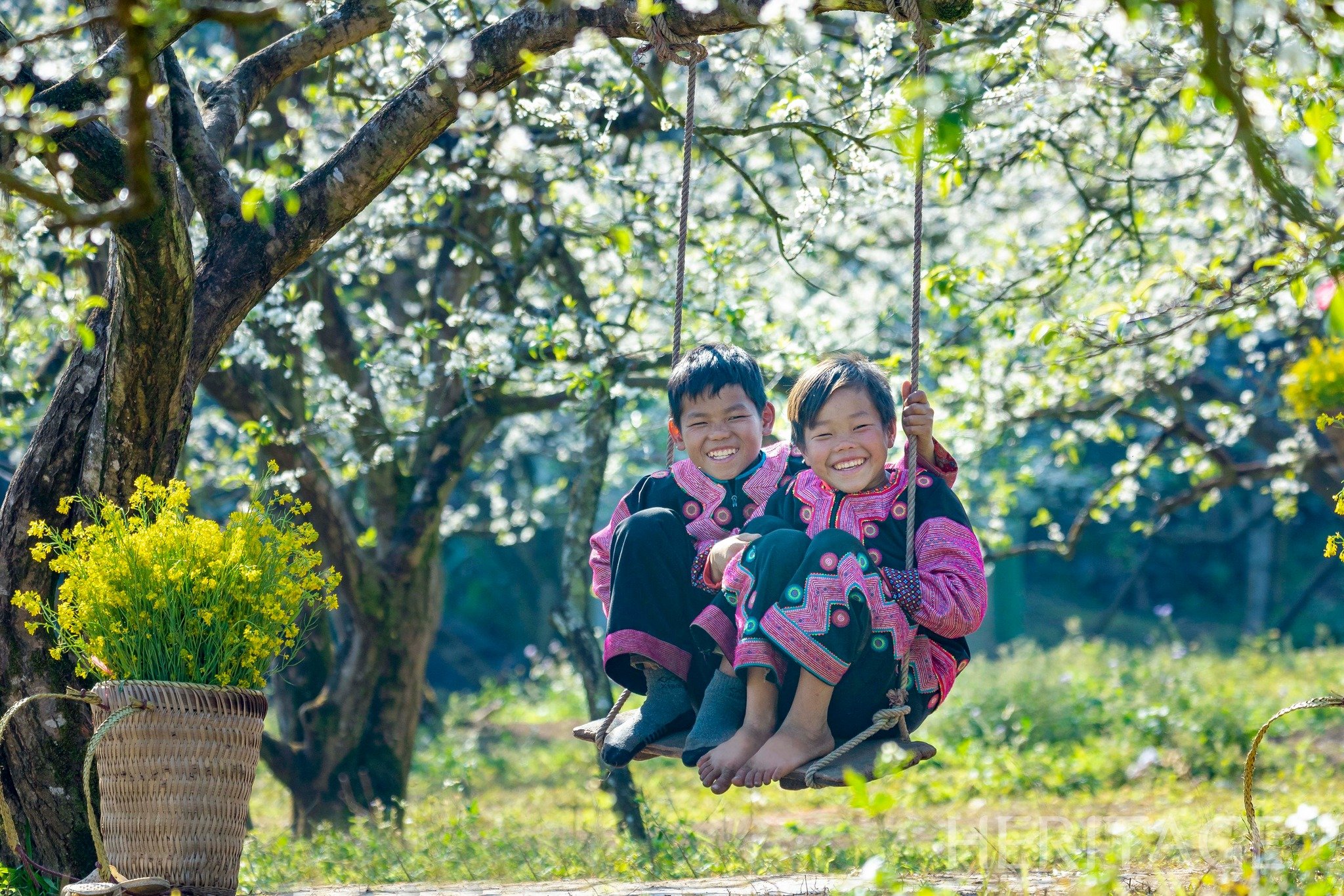
Comment (0)